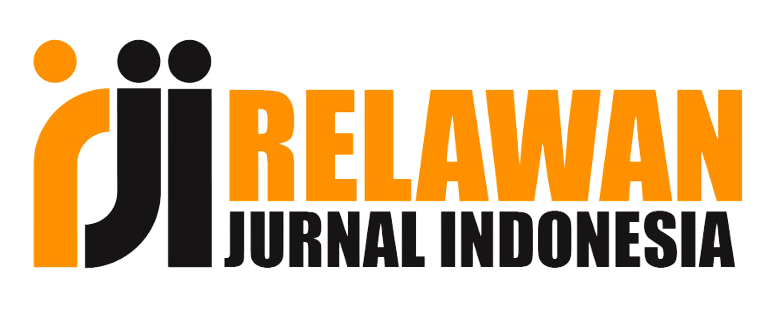A Pengaruh Macam Pupuk An Organik Terhadap Hasil Tanaman Selada Hijau (Lactucasativa L.) Secara Hidroponik
Pengaruh Macam Pupuk An Organik Terhadap Hasil Tanaman Selada Hijau (Lactucasativa L.) Secara Hidroponik
DOI:
https://doi.org/10.33061/innofarm.v23i2.6125Keywords:
lettuce, greenlettuce, inorganicfertilizer, growth, yieldAbstract
Research on "Study on Types of in OrganicFertilizers on Growth and Yield of Green Lettuce (Lactuca sativa L.) in Hydroponic Systems" was conducted from May 14, 2021 to July 11, 2021 at Jaya Wijaya Agricultural Research Center, Selamet Riyadi University, Surakarta, which is located in Kadipiro Village, Banjarsari District, Surakarta City, Central Java 57136 with an altitude of ± 105 meters above sea level. This study aims to examine the type of inorganic fertilizer application on plant growth and yield, as well as to examine the type of inorganic fertilizer that gives the highest yield of watercress (Lactuca sativa L). This study used a completely randomized design (CRD) with a single factor, namely the type of inorganic fertilizer. The treatments in this study were (A) Without inorganic fertilizers/plain water, (C) Nutrimax, (F) NPK 25. 7. 7 Cap Mutiara. Each treatment was repeated four (4) times, so there were 12 hydroponic media/boxes. The data were analyzed using Variance Analysis, followed by the Honest Real Difference Test at the 5 percent real level. The results showed that inorganic fertilizer treatment had an effect on the growth and yield of green lettuce (Lactuca sativa L.) in a hydroponic system. Treatment (C) Nutrimax gave the highest results on the observation parameters of plant height, leaf greenness, number of leaves, plant fresh weight and plant dry weight with an average value of 32.63 cm each; 3.25; 13.5 strands; 94.75 grams; and 5.33 gramsResearch on "Study on Types of in OrganicFertilizers on Growth and Yield of Green Lettuce (Lactuca sativa L.) in Hydroponic Systems" was conducted from May 14, 2021 to July 11, 2021 at Jaya Wijaya Agricultural Research Center, Selamet Riyadi University, Surakarta, which is located in Kadipiro Village, Banjarsari District, Surakarta City, Central Java 57136 with an altitude of ± 105 meters above sea level. This study aims to examine the type of inorganic fertilizer application on plant growth and yield, as well as to examine the type of inorganic fertilizer that gives the highest yield of watercress (Lactuca sativa L). This study used a completely randomized design (CRD) with a single factor, namely the type of inorganic fertilizer. The treatments in this study were (A) Without inorganic fertilizers/plain water, (C) Nutrimax, (F) NPK 25. 7. 7 Cap Mutiara. Each treatment was repeated four (4) times, so there were 12 hydroponic media/boxes. The data were analyzed using Variance Analysis, followed by the Honest Real Difference Test at the 5 percent real level. The results showed that inorganic fertilizer treatment had an effect on the growth and yield of green lettuce (Lactuca sativa L.) in a hydroponic system. Treatment (C) Nutrimax gave the highest results on the observation parameters of plant height, leaf greenness, number of leaves, plant fresh weight and plant dry weight with an average value of 32.63 cm each; 3.25; 13.5 strands; 94.75 grams; and 5.33 gramsDownloads
Published
2021-11-02
Issue
Section
Artikel
License
Copyright (c) 2021 Hendri Saputra, Dewi Ratna Nurhayati,Siswadi

This work is licensed under a Creative Commons Attribution-NonCommercial 4.0 International License.
Authors who publish this journal agree to the following terms:
- Authors retain copyright and grant the journal right of first publication with the work simultaneously licensed under a Creative Commons Attribution License that allows others to share the work with an acknowledgement of the work's authorship and initial publication in this journal.
- Authors can separately make additional contractual arrangements for non-exclusive distribution published by the journal (e.g., publish it in a book), with an acknowledgement of its initial publication in this journal.
- Authors are allowed and encouraged to send their work via online (e.g., in the institutional repositories or their website) after published by the journal.


















